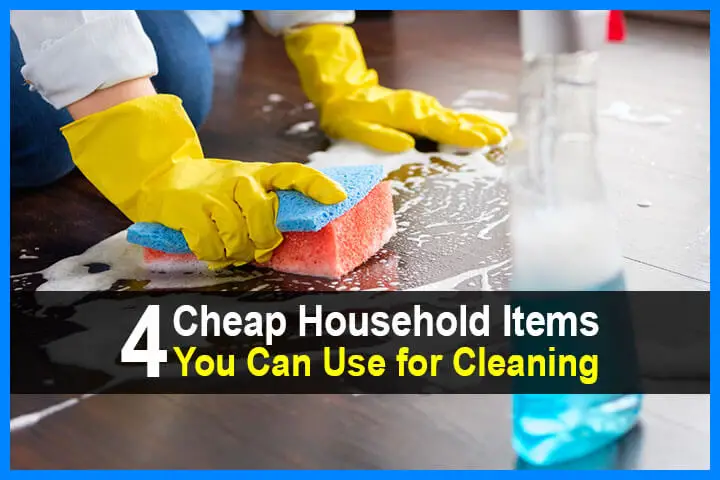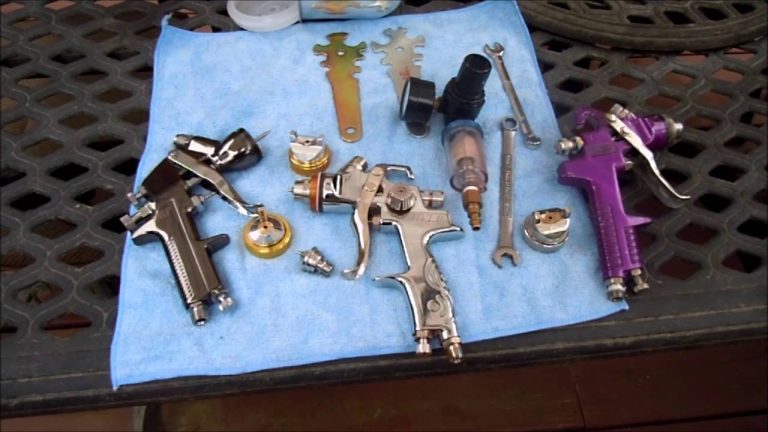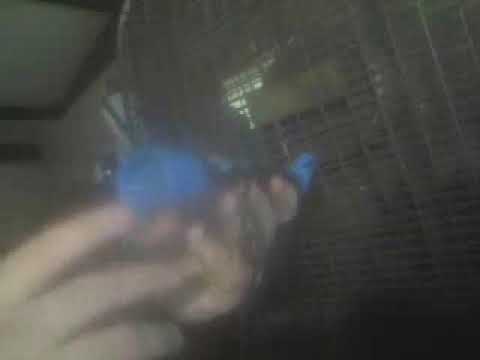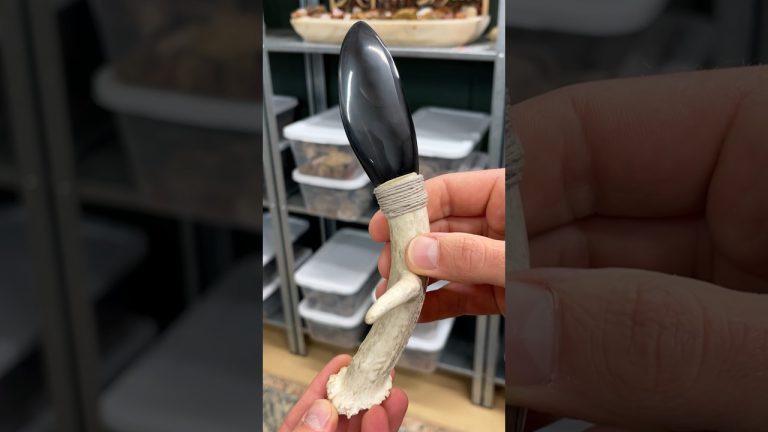Estimated reading time: 9 minutes
Have you ever done the volcano science experiment in school or with your kids? As any budding scientist knows, the combination of baking soda (sodium bicarbonate) with white vinegar (diluted acetic acid) generates carbon dioxide gas. It is immensely satisfying to watch the explosion that results.
Did you know you can use this “experiment” to clean your kitchen and bathroom drains? Call the kids to watch as you pour a half cup of baking soda followed by a half cup of vinegar down the drain. Watch it fizz as it loosens a clog. Then rinse with hot water.
This article shares information on how to clean and deodorize your home with inexpensive items you already have in your kitchen. Not only will you save money by not buying pricey commercial cleaners, but you will avoid the harsh chemicals found in most of them.
First, before you use any new cleaner, test it on a small hidden area to make sure no damage occurs. For example, vinegar’s acidity can eat away at tile grout, and it is not recommended for marble. Lemon juice can act as a natural bleach, so it’s best to use caution with it as well.
Want to save this post for later? Click Here to Pin It On Pinterest!
1. White vinegar

The acetic acid in vinegar kills and inhibits the growth of viruses, bacteria, and mold. It also works to dissolve mineral deposits and stains on most kitchen and bathroom surfaces.
Before we look at some specific ways you can put vinegar to work in your home, here are a few points to consider.
Make sure the white vinegar you have is made from natural ingredients. Avoid a product if the label lists synthetic alcohol since it is probably petroleum-based. Instead, look for the words “neutral grain spirits,” “wine,” or “grain alcohol” since those products likely are made from corn, apples, or grapes.
If you are concerned about the vinegar smell lingering, don’t be. The odor disappears as it dries. Another option is to add lemon juice or lemon peel to replace the vinegar odor with a fresh citrus scent.
Now, here are some ways to clean with white vinegar:
Dishwasher. Add white vinegar to the dishwasher’s rinse compartment to help prevent build-up on your dishes and keep your dishwasher smelling fresh.
Coffeemaker. For better-tasting coffee and a better-working drip coffeemaker, start a cycle of the machine with a 50:50 solution of water and vinegar. Halfway through the cycle, turn the coffeemaker off and let the solution sit for about an hour. Then, complete the cycle.
Microwave. Heat a small bowl containing one cup of vinegar on high for three to four minutes. The vinegar and steam will loosen any built-up grime, so you can wipe it clean with a rag.
All-purpose spray for counters and floors. Mix together a 50:50 solution of vinegar and water and fill a clean, empty sprayer bottle with it. Add a squeeze of lemon juice if you wish. To cut grease and kill germs, simply spray on and wipe off with a clean rag.
Mirrors and windows. Use a vinegar-water solution for your bathroom mirror and windows throughout your home.
Showerhead. Remove a showerhead’s mineral deposit build-up by letting the showerhead sit overnight in a bowl of white vinegar. Then rinse with water and re-install.
Shower. Spray vinegar-water solution directly on shower walls and shower curtains to kill mildew. Let it sit for 10 to 15 minutes, then wipe it clean.
Fabric stains. Test fabric first. Then, dab white vinegar directly on tomato-based clothing and fabric stains. Wash.
Fabric softener. Add a half cup of vinegar to your washer’s rinse cycle instead of a commercial fabric softener. Vinegar is also helpful in the wash cycle to prevent your fabrics from fading.
2. Baking soda

You probably have an orange box of baking soda in the back of your refrigerator to help absorb food odors, but there are many other uses for baking soda in your home. Here are some of them:
Stove fan filter. Bring water to a boil in a large pan, then add one-fourth cup of baking soda and mix well. Soak your fan filter in the solution for several minutes. Then, turn it over, soaking that side for several more minutes. Remove, rinse, and let air dry.
Oven cleaner. Make a thick paste of baking soda and water to apply it to any spills and burnt food inside your oven. Let the paste sit overnight. Then, remove the paste and wipe with a swipe of your vinegar and water solution.
Tea and coffee cups and mugs. Fill mugs with a mixture of one part baking soda and two parts water and let them sit overnight. Then, scrub and rinse to remove stains.
Silver flatware. Combine three parts baking soda with one part water. Rub this paste on the silver with a clean, soft cloth. Then rinse well with water.
Bathtub, shower, and sink. Make a baking soda paste and scrub with a brush or sponge to remove soap scum and grime. Rinse with vinegar-water spray and wipe clean.
Toilet. Sprinkle baking soda directly into the toilet bowl and scrub well with a brush to help remove stains.
Carpets. Remove odor from pet accidents or food spills by sprinkling the area with baking soda. Let it sit for 15 minutes. Then vacuum.
Crayon, pen, or pencil marks on walls and counters. Test an unseen area first. Then, make a paste of baking soda and water. Rub in paste and then wipe away.
Unpleasant odors. Baking soda will absorb odors in places other than your fridge. Try a bowl of vinegar in your basement, or put an open box of baking soda on a high shelf in the bathroom. Sprinkle baking soda in your trash can, your sneakers, or your cat’s litter pan. You can also sprinkle baking soda on a mattress to neutralize odors. Leave it on for about 30 minutes, and then brush or vacuum it off.
Outdoor grill. Sprinkle the grill with baking soda, then soak it in water for several hours. Rinse with water and let air dry.
Lawn furniture. Combine one-fourth cup of baking soda in a bucket with one quart of warm water. Wipe down furniture, rinse, and dry.
3. Borax

Made from the mineral Boron, Borax is a natural laundry detergent booster you can find in the detergent aisle of the supermarket. In addition to cleaning your dirty clothing, you can use Borax as an inexpensive cleaning agent in other parts of your home.
Carpets. You can keep carpets smelling fresh by adding a half-cup of the powder to each gallon of water in your carpet cleaner.
Cookware. Dissolve grease and cooked-in grime from your cookware by sprinkling Borax on aluminum and porcelain pots and pans. Rub it in with a sponge and then rinse well. This method also works well on crockpots.
Humidifier. Dissolve a half cup of Borax in one gallon of water and pour into the humidifier tank. Run the machine for about 15 minutes. Pour out tank water and then rinse the tank well with clean water.
Kitchen and bathroom. For stubborn stains on stainless steel or porcelain surfaces, try a paste of one cup of Borax and one-fourth cup of lemon juice. Rub the paste into the stain. Then rinse well with warm water.
Clogged drains. Loosen clogs in slow-running household drains by pouring a half cup of Borax followed by two cups of boiling water down the drain. Let the drain sit for about 20 minutes. Then flush with warm water.
Trash cans. Fill an indoor or outdoor bin with water and add a half-cup to a cup of Borax. Let the solution soak for an hour before rinsing. For more odor protection, sprinkle Borax in the bottom of the clean, dry trash can.
All-purpose spray. Make an all-purpose cleaning spray by mixing two tablespoons of Borax with two tablespoons of white vinegar in a 16-ounce spray bottle. Then, add in a squirt of liquid dish soap and two cups of hot water.
4. Lemon juice

The citric acid in lemons is antibacterial and antiseptic. The oils in the peel can also cut through stains, leaving many household items clean and shiny. Here are some ideas.
Cutting boards. Clean stains and disinfect your cutting board by squeezing juice from a whole lemon onto the board and allowing it to sit for about 30 minutes. Wipe clean and rinse with water.
Garbage disposal. Run lemon juice and lemon peel through the disposal to clean and freshen.
Food storage containers. Squeeze some lemon juice and a bit of baking soda into the containers. Rub the mixture into any stains and let it sit overnight to remove the stains and any odors.
Grease stains. Be sure to test the fabric first. Then, place lemon juice directly on a grease stain and let it sit for 30 minutes before washing.
Limescale. You can remove unsightly limescale on taps with a lemon. All you need to do is rub a lemon half over where the limescale is. Wait a few minutes before rinsing off the residue.
Laundry. You can brighten graying whites by adding half a cup of lemon juice to the wash cycle of your next load of white laundry.
You will find many more uses for these products — and combinations of them — in and around your home. Search “DIY cleaners” for many videos, articles, and recipes for more ideas. Here are some resources if you’d prefer to have a book reference.
Like this post? Don’t Forget to Pin It On Pinterest!



















